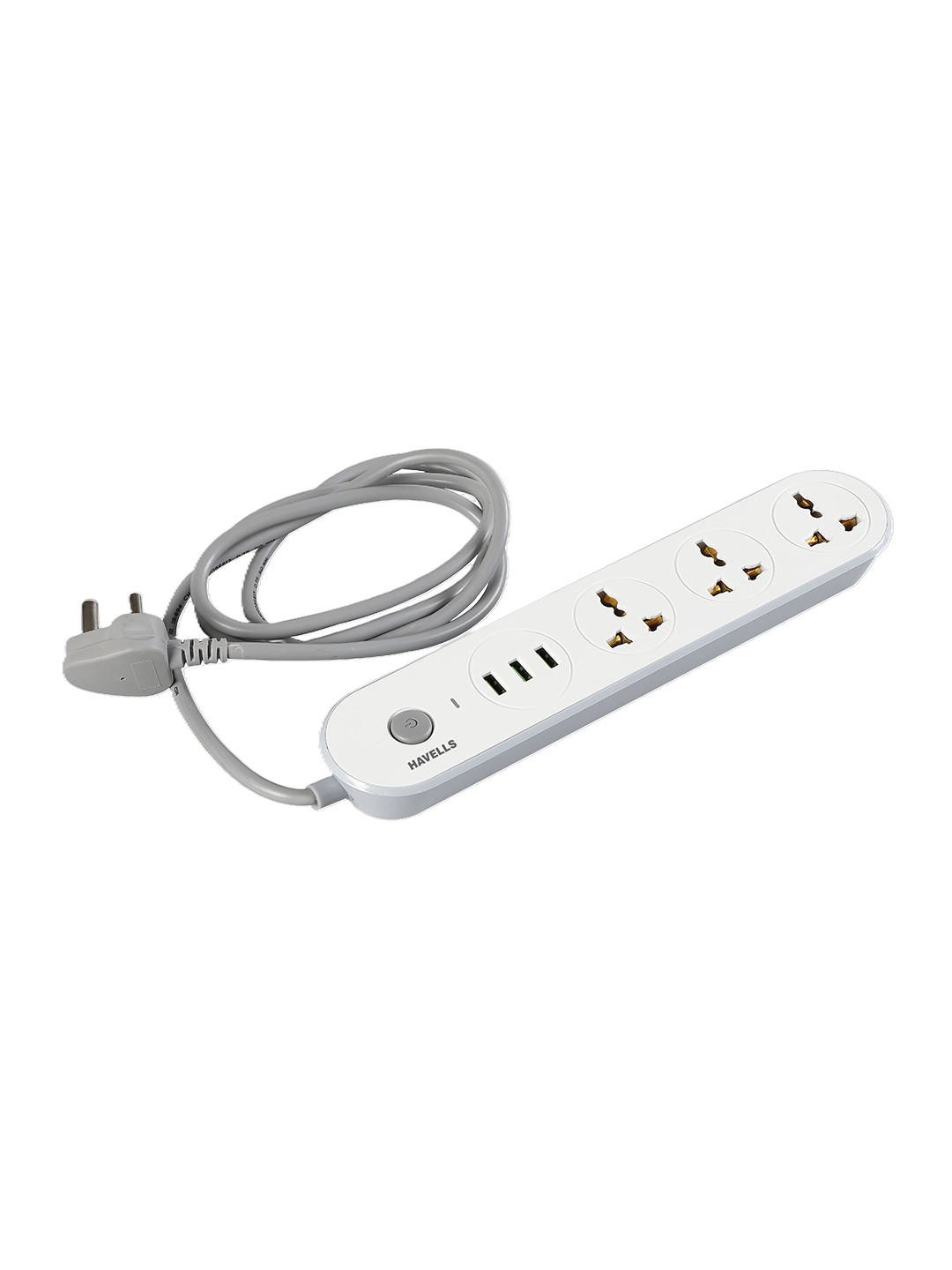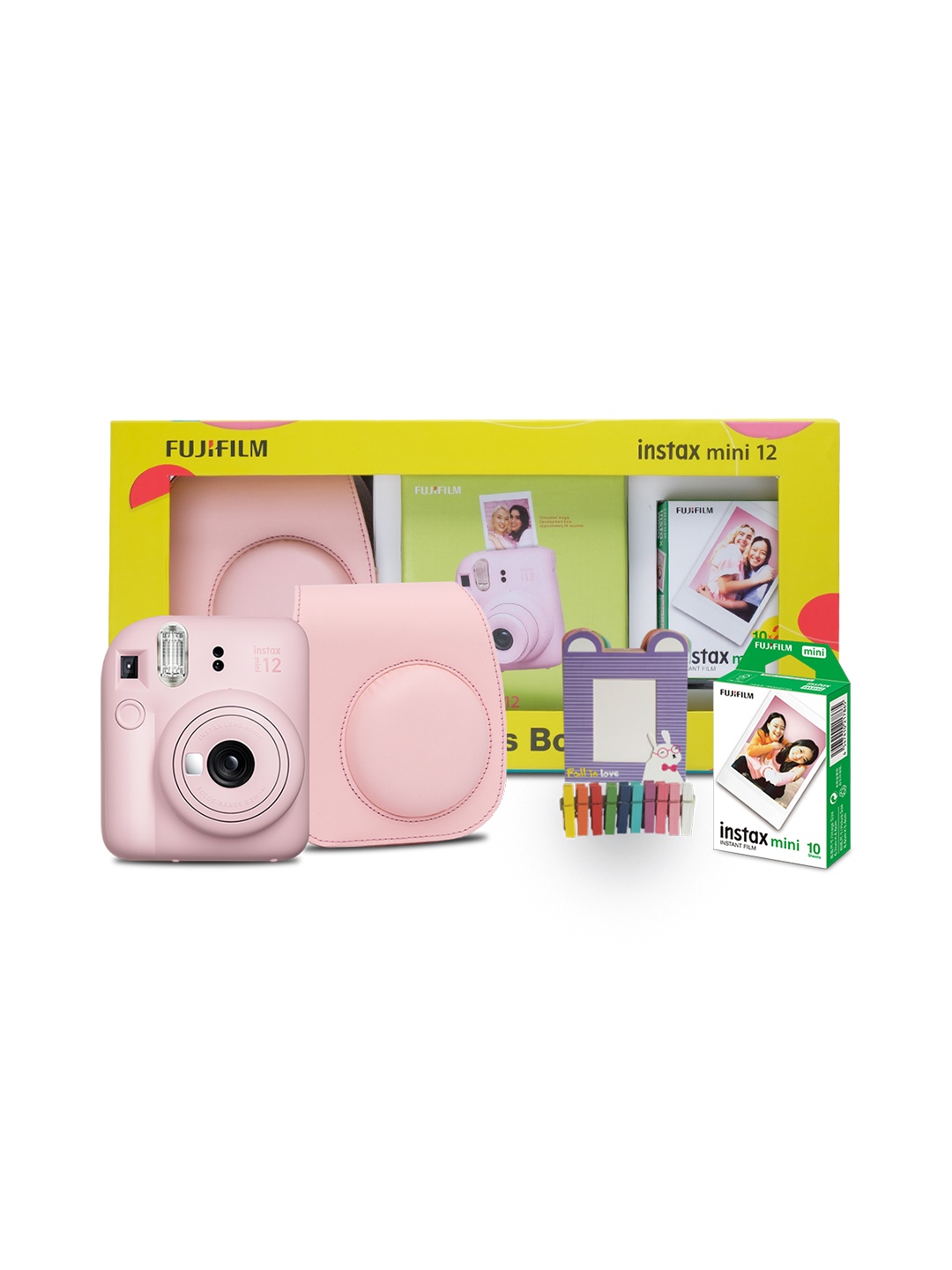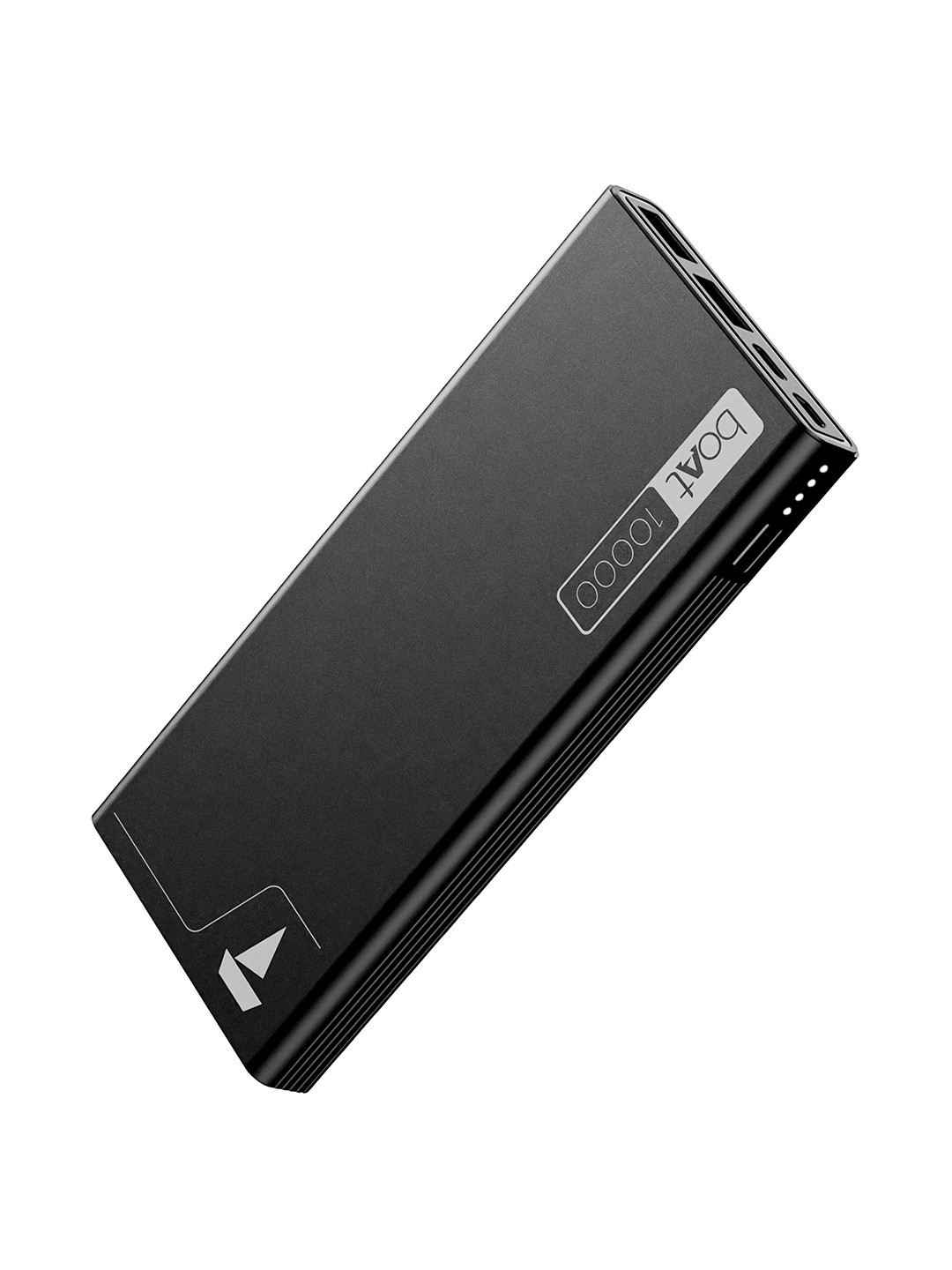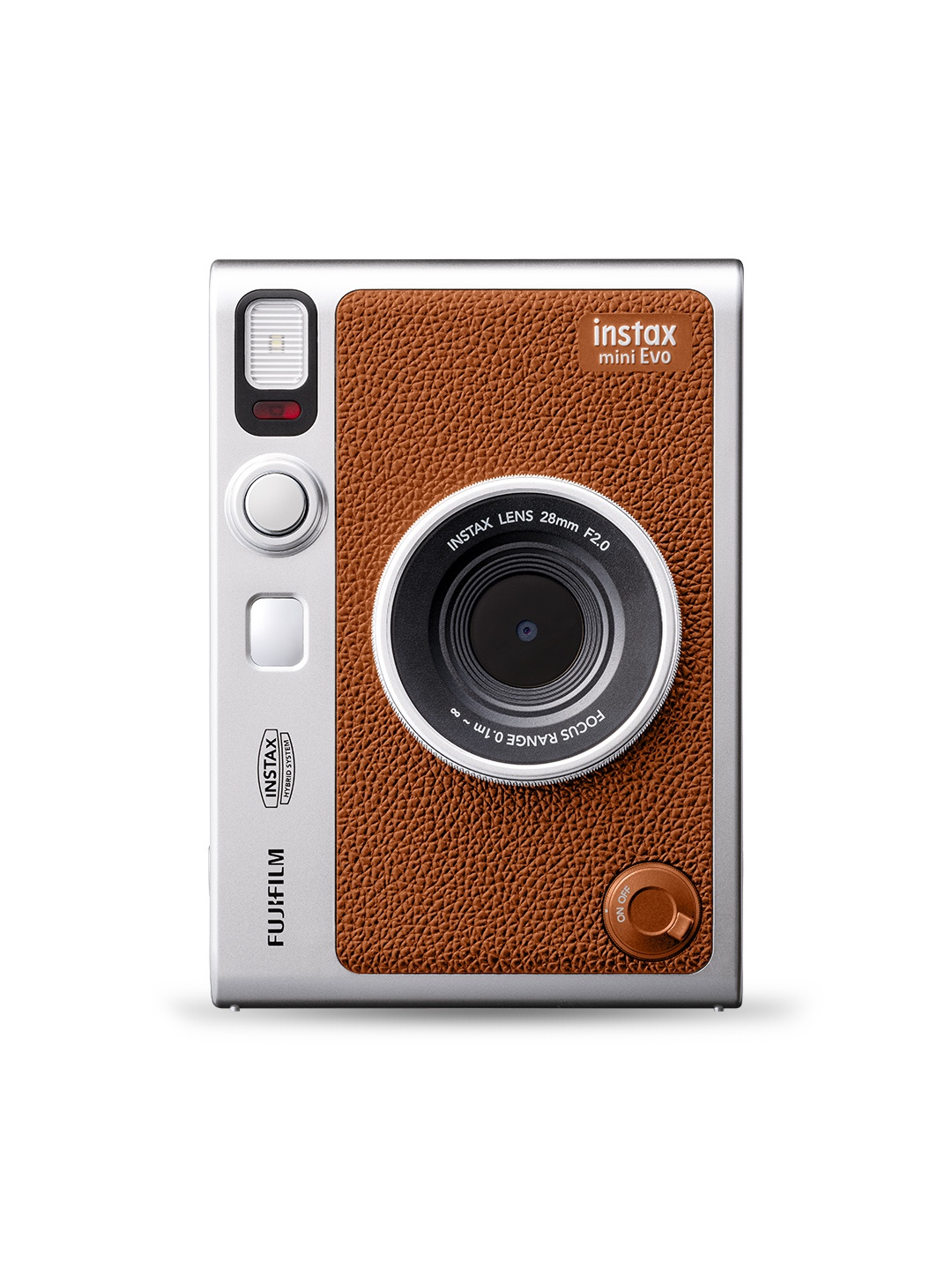How To Choose A Smart TV With The Best Features Online: Buying Guide
Shopping for a Smart TV can feel like standing in front of a wall of glowing screens at a showroom, dazzling, confusing and slightly overwhelming. This is a detailed yet easy-to-follow guide to help you pick a Smart TV with the best features. Follow these tips and buy the right smart TV for your home.

Smart TV Buying Guide 2025: How To Choose The Best Smart TV Online in India.
The task of choosing the right Smart TV is not easy. However, if you want to watch the latest cricket match or blockbuster movie playing in stunning clarity, you have to do your homework. With so many models, sizes, and jargon-filled specifications, online shopping can feel like decoding a mystery novel. Terms like HDR, Dolby Atmos, refresh rate, and Android TV pop up at every click, and suddenly it feels like you need an engineering degree to decide. The truth is, you don't. All you need is a clear guide that breaks down the essentials into simple, relatable points.
That is where our buying guide comes in. It will walk you through every crucial aspect, from screen size and resolution to sound quality and smart features, while keeping in mind budgets in ₹ and the way households actually use televisions. By the end, the path to finding your dream Smart TV will be far less foggy, and maybe even enjoyable.

Explore important factors to consider when buying a smart TV online
Photo Credit: Unsplash
Key Things to Look For Before Buying a Smart TV Online
1. Screen Size: Bigger Isn't Always Better
When browsing Smart TVs online, size often feels like the ultimate flex. The bigger, the grander, right? Not quite. Imagine placing a massive 65-inch TV in a compact bedroom; it'll feel like sitting in the front row of a cinema, craning your neck just to catch the action. On the flip side, a 32-inch TV in a spacious hall will feel more like a computer monitor lost on the wall.
The right size depends on the room's dimensions and the viewing distance. As a rule of thumb, measure how far you usually sit from the TV. For instance, if the sofa is about 7 to 8 feet away, a 50-inch screen works beautifully. Smaller rooms may do well with 32 or 43 inches, while larger halls justify 55 inches or more.
Also, remember to check whether the TV will be wall-mounted or on a stand, as that affects how the screen blends with the décor. Balance is key: a TV should enhance your living space, not dominate it like an oversized poster.
2. Resolution: Clarity That Counts
Resolution is where online product pages start throwing numbers: HD Ready, Full HD, 4K Ultra HD, and now even 8K. The higher the number, the sharper the picture. But here's the catch: not every household needs to go straight for 8K, especially since most streaming platforms don't yet offer content in that format.
For smaller TVs (32-inch), HD Ready (720p) may suffice, though Full HD (1080p) is better for clearer details. Once you go beyond 43 inches, 4K Ultra HD is the sweet spot. It ensures crisp visuals, vibrant colours, and an immersive experience, particularly when binge-watching a web series on Netflix or catching cricket highlights on Hotstar.
4K also future-proofs your TV since most new content, from OTT shows to gaming consoles, is designed around it. Unless the budget is severely tight, skipping 4K on a large-screen TV would be like buying a sports car and driving only in first gear.
3. Display Technology: LED, QLED, or OLED?
Now comes the classic head-scratcher: LED, QLED, or OLED. They sound similar, but they're worlds apart. LED is the most common and budget-friendly. It delivers decent brightness and works well for everyday viewing.
QLED, pioneered by brands like Samsung, adds a layer of quantum dots for richer colours and better brightness. Perfect for households where the TV sits in a brightly lit hall with sunlight streaming in.
OLED, on the other hand, is like the premium luxury car of the TV world. Each pixel lights up individually, offering inky blacks, vibrant colours, and wide viewing angles. It's unbeatable for movie nights, but it comes with a hefty price tag, often above ₹1,00,000 for larger models.
The smart choice? Go for OLED if cinema-quality visuals are non-negotiable and budget allows. Otherwise, a good 4K LED or QLED provides an excellent balance between performance and price.

Choose the display technology between LED, QLED, or OLED; Photo Credit: Unsplash
4. Refresh Rate: Smooth or Stuttery?
Ever noticed how some action scenes look silky smooth while others seem to blur? That's refresh rate at play. It refers to how many times per second the TV updates the picture. A 60Hz refresh rate is standard and fine for daily viewing. But if gaming or sports are a big deal at home, 120Hz is worth considering.
Imagine watching Virat Kohli smashing a cover drive, and instead of a smooth motion, you get a ghosting blur. Not ideal. Higher refresh rates minimise that, making action look seamless. Gamers especially should check this spec carefully, as modern consoles like PlayStation 5 and Xbox thrive on 120Hz compatibility.
Don't get swayed by unnecessarily high numbers like 240Hz advertised on some premium models. Unless you're into hardcore gaming or high-end sports viewing, 120Hz is more than enough to deliver cinematic smoothness.
5. Sound Quality: More Than Just Volume
A common mistake is focusing solely on visuals and neglecting sound. The sleek designs of modern Smart TVs often leave little room for powerful speakers. The result? Great picture but underwhelming audio, like watching a blockbuster with tinny background music.
Look for TVs with at least 20W–40W output and sound enhancements such as Dolby Audio or DTS. Dolby Atmos, when supported, adds that surround-sound theatre effect, though you'll need compatible speakers to fully enjoy it.
If your budget allows, factor in the cost of a soundbar. Even a ₹5,000–₹10,000 soundbar can transform the experience dramatically, especially in larger living rooms. After all, dialogue clarity and immersive audio are as important as the crispness of the picture when it comes to enjoying your favourite shows.
Also Read: Amazon Great Indian Festival: Sony, Xiaomi To Hisense, 5 Best BITA Award-Winning Smart TVs To Buy
6. Smart Features: More Than Just Netflix
Smart TVs are not just about plugging in Netflix and YouTube. The operating system matters. Android TV is the most common and gives access to Google Play apps, voice search, and Chromecast. Brands like LG use WebOS, while Samsung has Tizen, both smooth, user-friendly, and tailored for streaming.
Check for built-in voice assistants like Google Assistant or Alexa, which allow you to switch channels or find shows using just your voice. Screen mirroring is another nifty feature, handy for sharing holiday photos or family videos directly from your phone.
Also, consider storage and RAM if you plan to install multiple apps. Nothing's more frustrating than a Smart TV that lags like an old smartphone. Think of these features as the TV's brain; the sharper and more responsive, the smoother your experience.

Ensure that the smart TV comes with the latest features
Photo Credit: Unsplash
7. Connectivity: Don't Ignore the Ports
Connectivity is like plumbing: you don't notice it until something's missing. Make sure the TV has enough HDMI and USB ports. At least three HDMI ports are ideal if you're connecting a set-top box, gaming console, and soundbar simultaneously. Two might feel cramped.
USB ports are handy for plugging in pen drives or external hard drives loaded with movies. An optical audio output is a bonus for high-quality sound systems.
Don't overlook Wi-Fi and Bluetooth. Dual-band Wi-Fi (2.4GHz + 5GHz) ensures smoother streaming without buffering. Bluetooth allows you to pair wireless headphones for late-night movie sessions without waking up the household.
It's the small conveniences like these that transform a TV from good to great.
8. Brand and After-Sales Service
A Smart TV isn't a toaster that you replace in a year. It's a long-term investment, expected to last at least 5–7 years. That's why brand reputation and after-sales service matter.
While lesser-known brands might tempt with jaw-dropping specifications at half the price, think twice. If something goes wrong, you don't want to be chasing a ghost service centre. Established brands like Sony, Samsung, LG, or Xiaomi usually have wider service networks, making life easier when issues arise.
Check online reviews for service reliability in your city before deciding. Spending an extra ₹2,000–₹5,000 for dependable service is better than the nightmare of endless customer care calls later.
9. Budget and Value for Money
Smart TVs come in a dizzying price range, from ₹15,000 to well above ₹2,00,000. The trick is to balance desires with needs. A family that mostly watches cable TV or YouTube doesn't need to splurge on an OLED worth ₹1.5 lakh.
For budget-conscious buyers, excellent 32-inch or 43-inch LED 4K models are available under ₹25,000–₹40,000. For those who want a mid-range balance of performance and features, ₹50,000–₹70,000 gets you solid 55-inch 4K QLEDs with Dolby Vision. Premium users eyeing OLEDs or ultra-large screens should be prepared to shell out over ₹1,00,000.
The smartest move? Fix a budget, shortlist models in that range, and then pick the one with the most balanced features rather than being swayed by one flashy spec.

Ensure that the TV fits your home and budget; Photo Credit: Unsplash
10. Warranty and Future-Proofing
Lastly, always check warranty terms. Most TVs come with one year, but extended warranty plans (₹2,000–₹5,000 extra) are worth considering, especially for high-end purchases. Smart TVs, being heavily software-driven, are more prone to glitches than older models.
Future-proofing is equally important. Ensure the TV supports the latest HDMI 2.1 standard if you're into gaming, or HDR formats like Dolby Vision and HDR10+ for streaming. Even if you don't use them today, they'll keep the TV relevant for years.
Think of it like buying a smartphone: no one wants a brand-new device that feels outdated in a year. Future-ready features give peace of mind and better value in the long run.
Products Related To This Article
1. Onida 108 cm (43 inch) Full HD Smart TV 43ACF (Black)
2. LG 80 cms (32 inches) LR570 Series Smart webOS LED TV 32LR570B6LA
3. Samsung 80 cm (32 inches) HD Smart LED TV UA32H4550FUXXL
4. Xiaomi 80 cm (32 inch) F Series HD Ready Smart LED Fire TV L32MB-FIN
5. VW 109 cm (43 inches) Pro Series 4K Ultra HD Smart QLED Google TV VW43GQ1
Choosing a Smart TV online doesn't have to feel like deciphering alien technology. It's about breaking down the jargon and matching features to real-life needs. From screen size and resolution to sound quality and smart features, every detail matters in shaping that perfect movie night or sports marathon.
Remember: the right TV isn't always the most expensive or the flashiest. It's the one that fits your space, matches your habits, and delivers joy without emptying your wallet. With a little patience and a clear checklist, the glowing rectangle in your living room can become the heart of family gatherings, cricket nights, and countless memories.
So next time you buy a smart TV online, you'll know exactly what to look for, and maybe even smile knowing you've cracked the code.
Disclaimer: The images used in this article are for illustration purpose only. They may not be an exact representation of the products, categories and brands listed in this article.

























